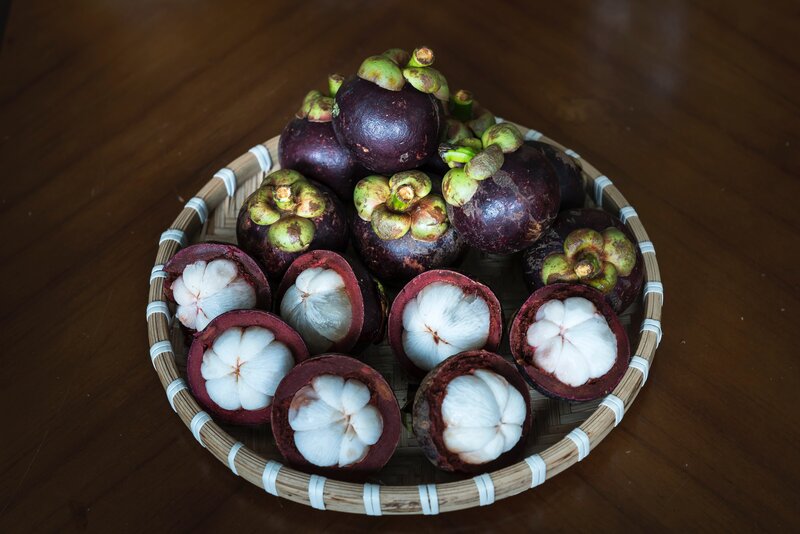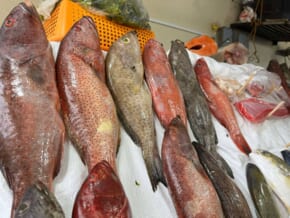LIST: 10 More Must-try Fruits in the Philippines
There are many things to love about the Philippines. This archipelago has some of the most beautiful beaches in the world. It’s also home to an amazing array of tropical fruits, some of which you’ve probably never heard of, let alone eaten. If you have a taste for tropical fruit and want to try as many as you can, then keep on reading to discover 10 more exotic fruits in the Philippines that you should try.
Pinya (Pineapple)
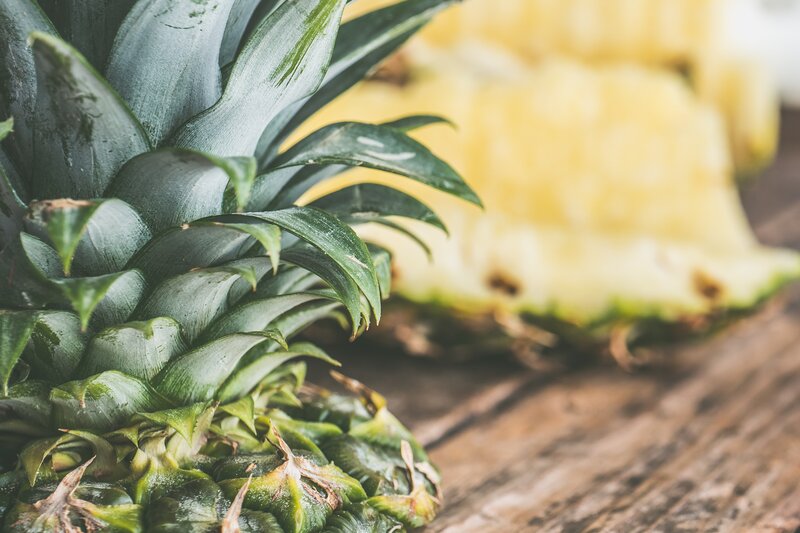 IMAGE from Pexels
IMAGE from Pexels
The pineapple is one of the most well-known and beloved tropical fruits in the world. Known locally as pinya, it’s one of the most common fruits in the Philippines. Rich in vitamin C, vitamin B1, potassium, manganese, and other antioxidants, pineapples are commonly eaten fresh or canned. Pineapples are a staple street food snack where you’ll see stalls selling peeled and sliced pineapples. This fruit is also used as an ingredient in Filipino dishes and desserts such as pininyahang manok and minatamis na pinya. Meanwhile, its leaves are woven into piña fibers which are then used to make traditional clothing like barong tagalog. This is very common from May to July when they are in season.
Bayabas (Guava)
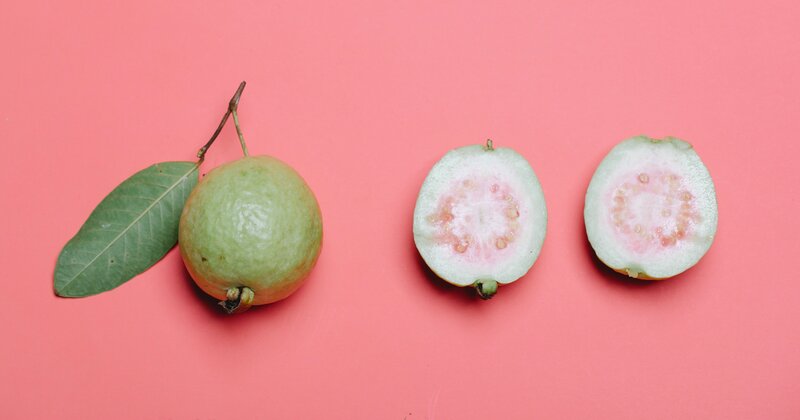 IMAGE from Pexels
IMAGE from Pexels
Known locally as bayabas, this fruit is a round, green-skinned fruit with whitish or pinky flesh. It can range in flavor from sour to sweet and is rich in vitamins and minerals. It can be eaten as-is or processed into candies or jams. When ripe, it can also be used as a souring agent in sinigang. This is very common from September to December.
Saging (Banana)
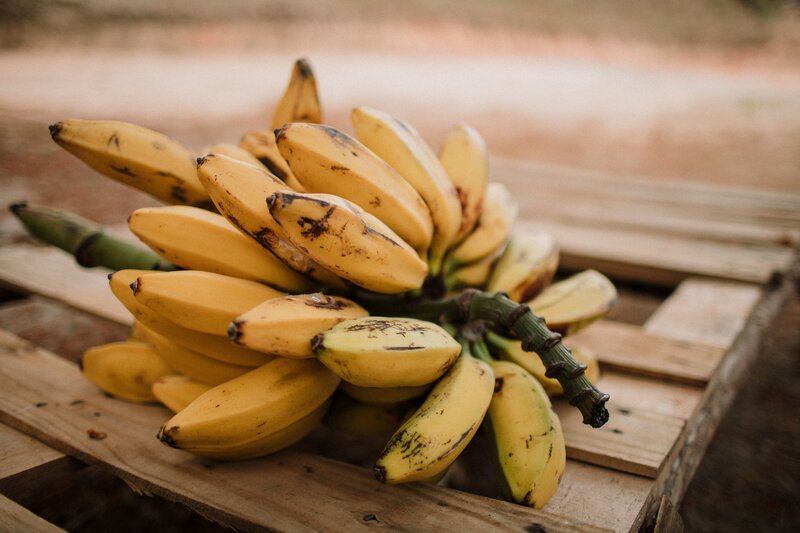 IMAGE from Pexels
IMAGE from Pexels
Bananas are among the most popular fruits you’ll find in the Philippines. In fact, the Philippines is the second-largest exporter of bananas in the world, behind only Ecuador. Known locally as saging, they are harvested all year round and come in a number of varieties: the saba being the most popular type. It’s mainly used in cooking, although this one can also be eaten as-is when fully ripe. Aside from their economic importance, they are also rich in potassium and fiber and contain several types of antioxidants such as dopamine and catechins that may reduce the risk of cardiovascular and degenerative diseases. It may also help prevent asthma, hypertension, and diabetes.
Calamansi
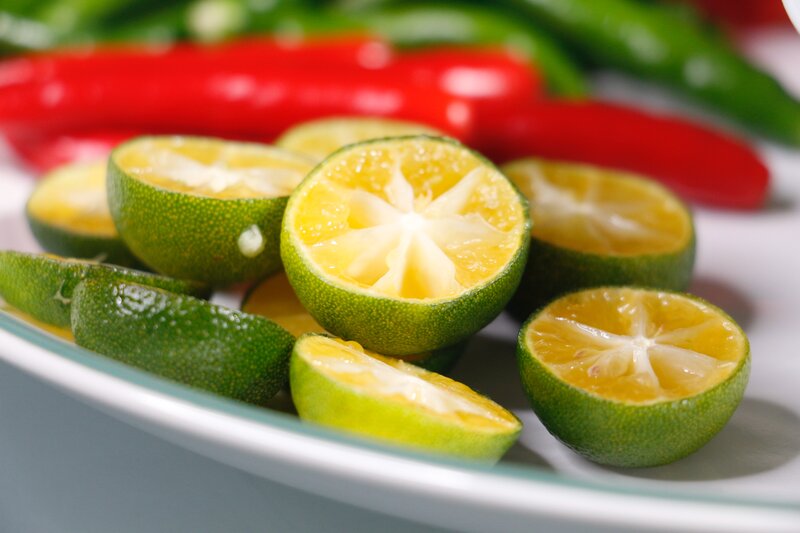 IMAGE from Pexels
IMAGE from Pexels
Like bananas, calamansi is a fruit widely cultivated in the Philippines. It’s commonly used as a souring agent, marinade, or flavoring in lots of local dishes such as sinigang and kinilaw. Its sourness is used to impart a punch of acidity to sauces, drinks, dishes, and marinades. Rich in vitamin C, calamansi boosts the immune system, soothes upset stomach, detoxifies the body, and manages debilitating diseases such as diabetes. Aside from that, this citrus may also help prevent hypertension and stroke.
Buko (Coconut)
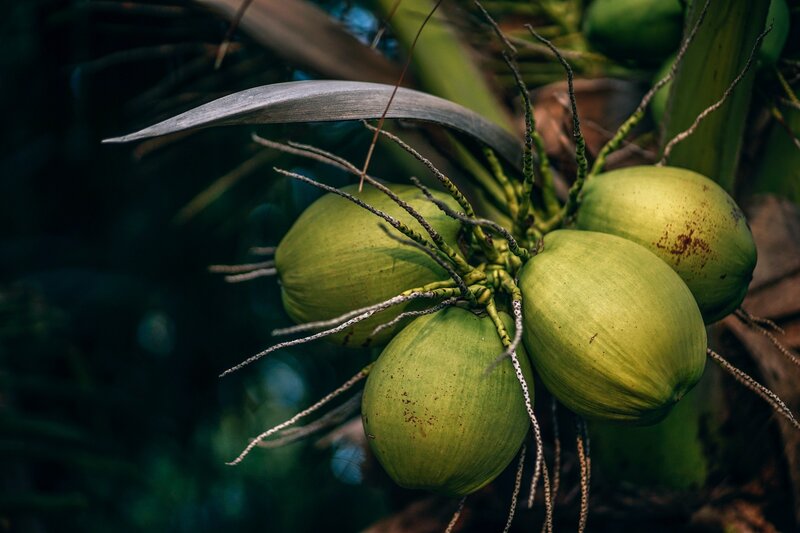 IMAGE from Pexels
IMAGE from Pexels
Arguably the most important crop in the Philippines, coconuts or buko are processed into useful ingredients such as copra, coconut milk and coconut oil. They are especially high in manganese, which is essential for bone health and the metabolism of carbohydrates, proteins, and cholesterol. They’re also rich in copper and iron, which help form red blood cells, as well as selenium, an important antioxidant that protects your cells. Aside from its meat, the other parts of the coconut tree can be used to make a wide range of products such as lumber, brooms, utensils, and handicrafts. Buko are available all-year round in the country.
Duhat (Java Plum)
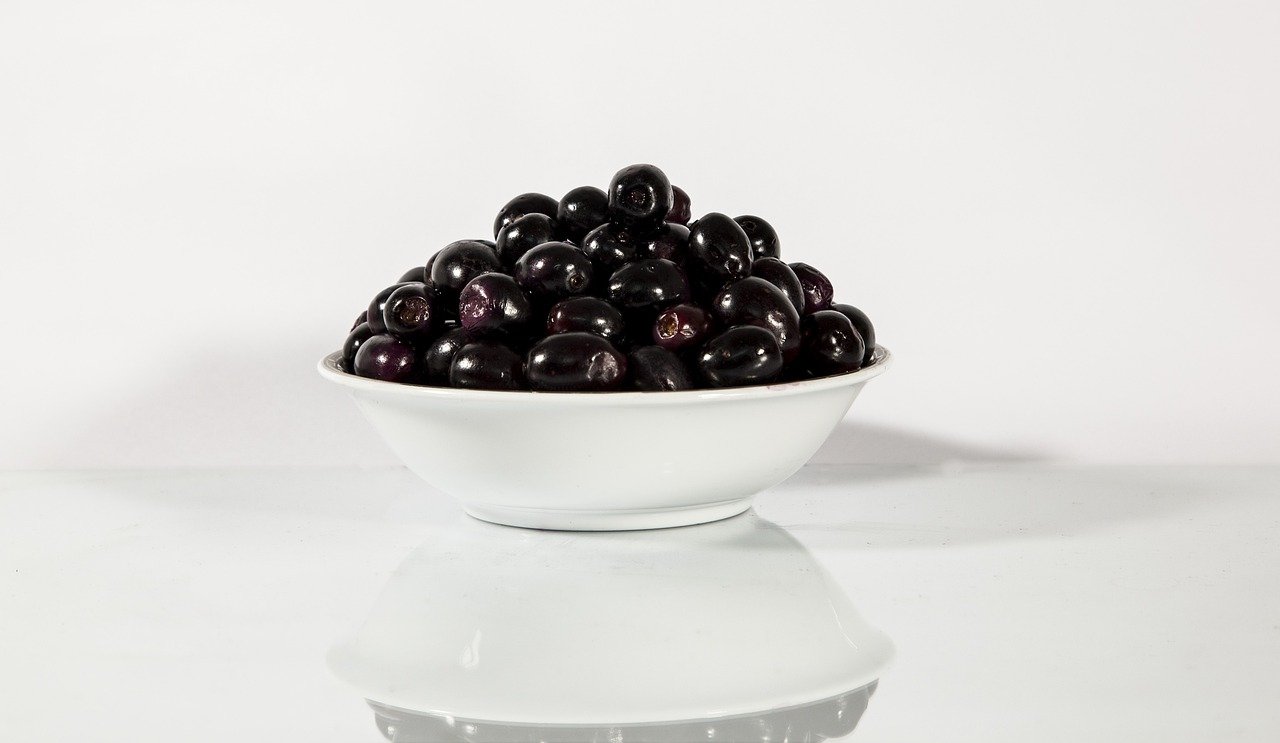 IMAGE from Pixabay
IMAGE from Pixabay
The java plum or duhat is a tropical fruit about the size and shape of a blueberry and starts out green before ripening into a deep violet color. Duhat is also made into red wine in some parts of the country and some locals use it to make vinegar. It has a number of therapeutic benetits: the syrup is very useful for curing diarrhea. It is stomachic, carminative, and diuretic, apart from having cooling and digestive properties. The seeds are also known for their medicinal properties and are used to treat diabetes, diarrhea, and dysentery. The duhat season in the Philippines starts from March and ends in July.
Makopa (Java apple)
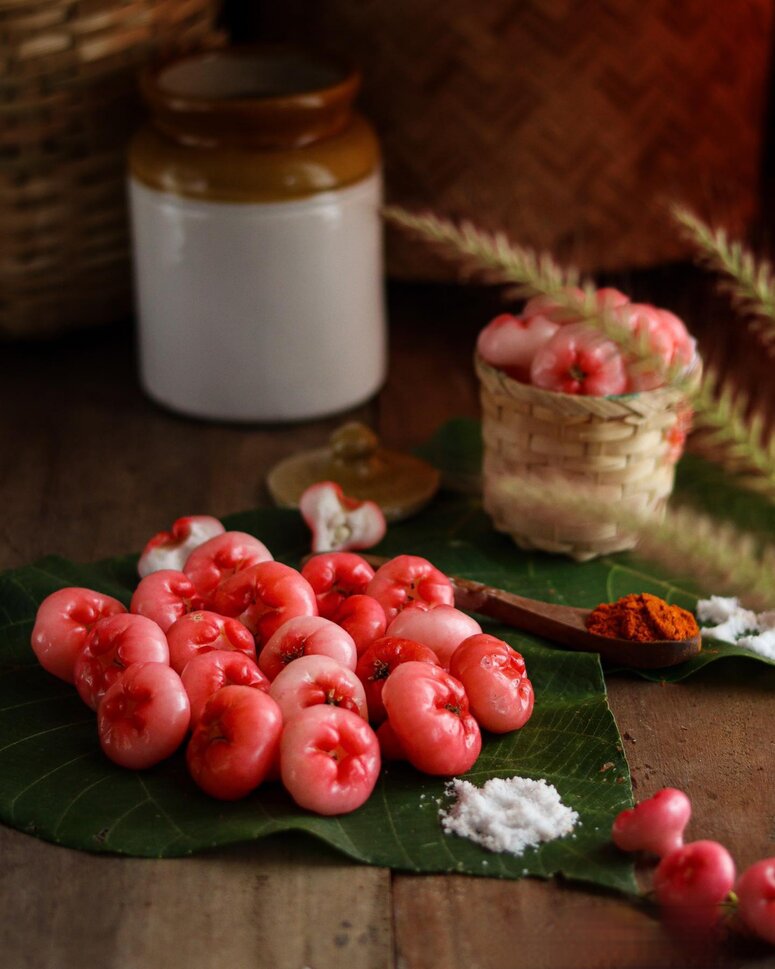 IMAGE from Pexels
IMAGE from Pexels
Usually found in backyards, the makopa is an exotic, bell-shaped fruit that’s pink or red when ripe with white fruit flesh. It has a waxy sheen and a crunchy texture reminiscent of apples, hence the name. It’s a bell-shaped fruit that’s pink or red when ripe with white fruit flesh. It has a waxy sheen and a crunchy texture reminiscent of apples or pears, hence the name wax apple. It’s rich in thiamin, vitamin C, calcium, magnesium, iron, potassium, and sulfur. The makopa season is from March and April.
Langka (Jackfruit)
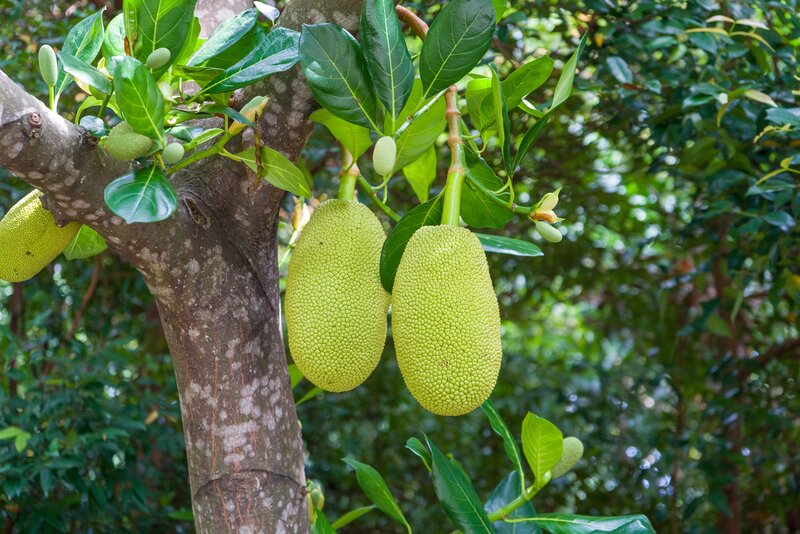 IMAGE from Pexels
IMAGE from Pexels
Also known as jackfruit, the langka is a large, spiky fruit with thick, yellow flesh and edible seeds and pods. The flesh has a sweet, distinctive flavor, which some describe as a cross between banana and pineapple. When ripe, the fruit is sweet and is more often used for desserts, while the green jackfruit has a mild taste and meat-like texture that lends itself to being called a vegetable meat. Due to its fibrous texture, people often use its flesh as a meat substitute in vegetarian or vegan dishes. Langka is a good source of vitamin C, potassium, dietary fiber, and some other essential vitamins and minerals. It’s widely available from March to May.
Kamias (Bilimbi)
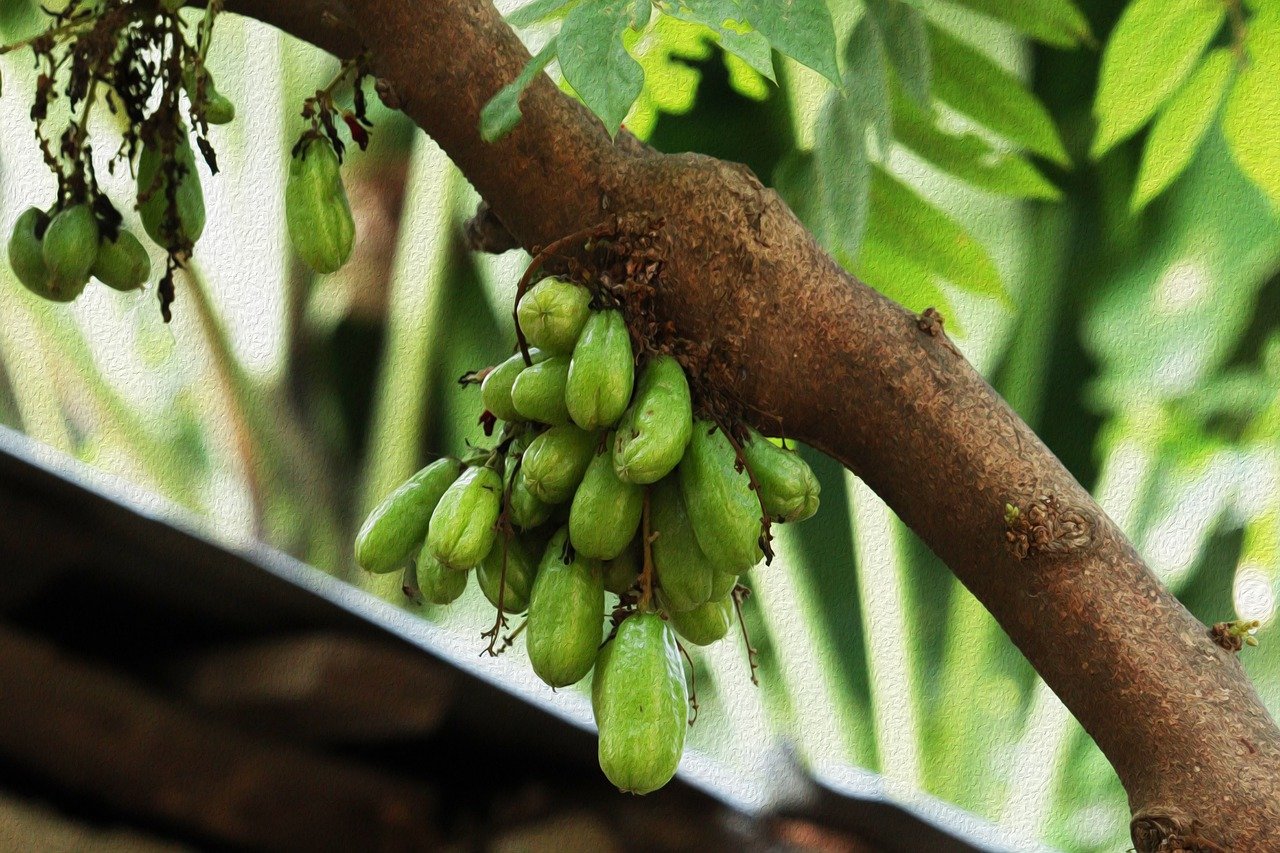 IMAGE from Pixabay
IMAGE from Pixabay





